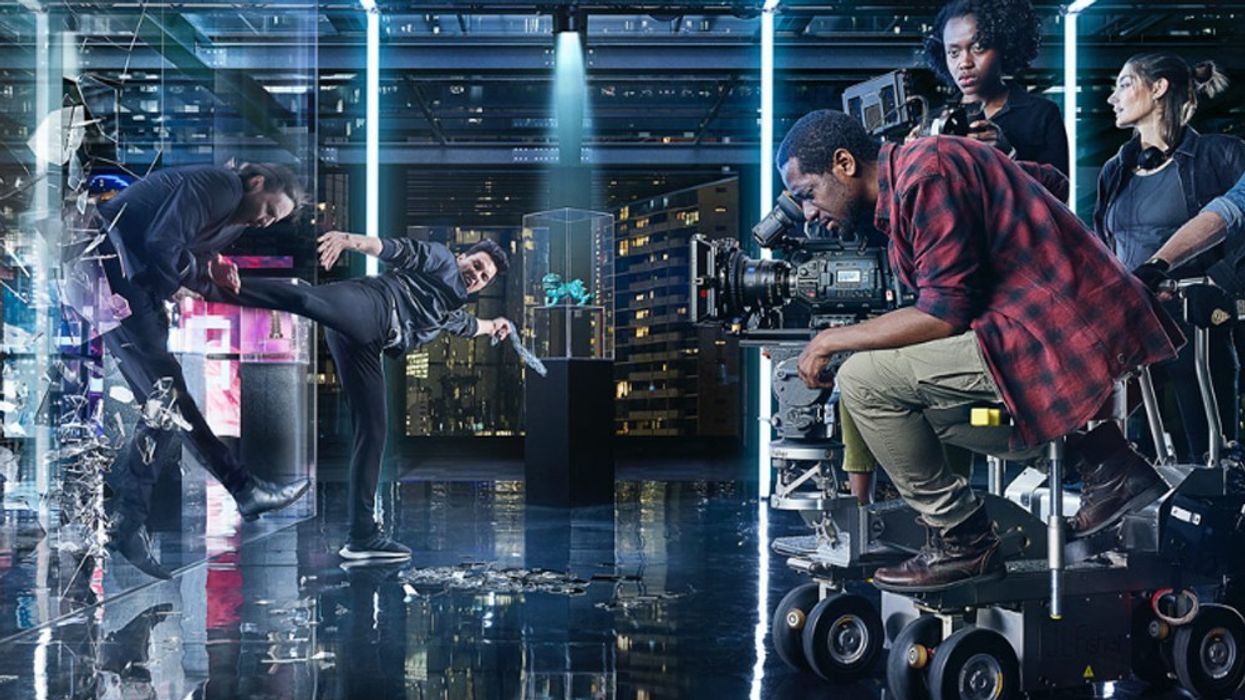URSA Mini Pro 12K Shoot Out: Does Resolution Make A Difference?
We compare the URSA Mini Pro 12K, Canon R5, and Canon C500 MK II.

When Blackmagic Design introduced the URSA Mini Pro 12K, it led some to ask the question, "Why 12K?" It echoed a similar sentiment when RED went 8K with Monstro/Helium, and when Panavision followed with the DXL 2, which uses the Monstro sensor.
Generally, higher resolution provides less noise in an image. It's also better for visual effects workflows or when you want to punch in without losing image quality if your final deliverable is at a lower resolution. On top of that, finer details can be captured, there's better bit depth color support, and it's really good for large displays.
But naturally, resolution isn't everything.
Image quality depends on the characteristics of the sensor and how the photosites of the sensor capture light and turn it into the pixels we see on screen. You can have a camera shoot 16K and the images can be absolutely terrible. It's why we are seeing more mirrorless cameras like the Sony a7S III start to refine the photosites of the sensor, or Canon introducing its version of dual gain output (DGO), which was first pioneered by ARRI. They're ultimately trying to improve image quality.
That's why when Blackmagic unveiled the URSA Mini Pro 12K, a lot of the attention turned to the sensor of the camera, which the company said it started developing over three years ago. Creators wanted to know how the image quality stacks up to the sensors of today. Blackmagic started to provide review units and I, along with the guys over at Epic Light Media, who shot their own test, took it for a test drive to see the difference between it, the Canon EOS R5, and the Canon C500 MK II.
For the comparison test, we paired each camera with the same lens and identical settings, except for when shooting 4K HQ with the R5, as there is no RAW option. Our findings are what you might expect when it comes to resolution, though... there were others that surprised us. Check it out.
The one caveat is that you're watching on YouTube, a site known for its compression issues. It makes you wonder how the quality of the images would translate to a larger screen. Since the URSA Mini Pro 12K is aimed at higher-end productions, this only tells part of the story.
But what do you think? Let us know below.












